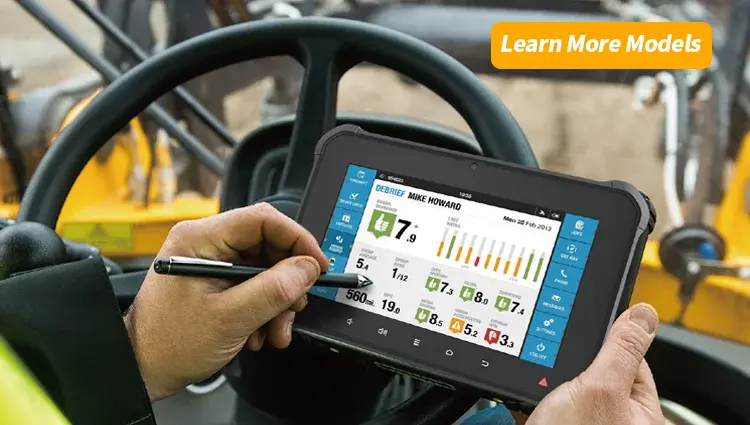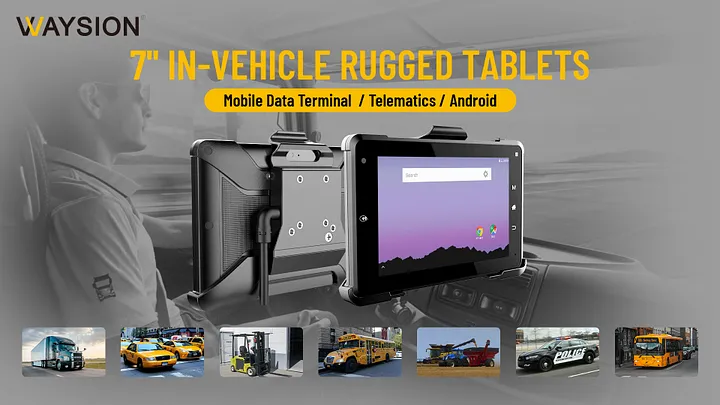Driver Console: The Future of Car Interfaces
The automotive industry has witnessed incredible advancements over the years, transforming vehicles from mere modes of transportation to sophisticated, high-tech machines. At the heart of this transformation lies the driver console—a vital component that significantly influences the driving experience. Understanding the evolution, current state, and future trends of driver consoles is crucial for appreciating how they enhance safety, functionality, and comfort in modern vehicles.
What is a Driver Console?
The driver console, also known as the dashboard or instrument panel, is the control center of a vehicle. It provides the driver with crucial information about the car’s performance, such as speed, fuel levels, and engine status, while also housing controls for various functions like climate control, audio systems, and navigation.
Key Components
A modern driver console typically includes:
- Display Systems: These can be analog or digital, with many vehicles now featuring touchscreens.
- Control Interfaces: These include physical buttons, knobs, voice commands, and increasingly, gesture controls.
Historical Development
Early Car Interfaces
In the early days of automobiles, driver consoles were quite basic, consisting mainly of analog gauges for speed, fuel, and engine temperature. The primary focus was on functionality and durability.
Transition to Modern Driver Consoles
As technology advanced, so did the complexity and functionality of driver consoles. The introduction of digital displays and integrated control systems marked a significant leap, making consoles more user-friendly and informative.
Components of a Modern Driver Console
Display Systems
Analog vs Digital Displays
While analog displays are still found in some vehicles, digital displays have become the standard due to their ability to present more information in a clearer and more customizable format.
Touchscreens
Touchscreens have revolutionized driver consoles, offering an intuitive interface for controlling various vehicle functions. They allow for easy access to navigation, entertainment, and vehicle settings, often integrating seamlessly with smartphones.
Control Interfaces
Physical Buttons and Knobs
Despite the rise of digital interfaces, physical buttons and knobs remain essential for certain functions, providing tactile feedback that many drivers find reassuring.
Voice Commands
Voice command systems have improved significantly, allowing drivers to control navigation, make calls, and adjust settings without taking their hands off the wheel or their eyes off the road.
Gesture Controls
Gesture controls are an emerging technology in driver consoles, enabling drivers to interact with the vehicle through simple hand movements. This technology aims to reduce distraction and improve safety.
Technological Advancements in Driver Consoles
Integration with Smartphones
Modern driver consoles often support smartphone integration, allowing drivers to access apps, music, and navigation directly from their phones. Systems like Apple CarPlay and Android Auto have become standard features.
Navigation and Infotainment Systems
Advanced navigation systems offer real-time traffic updates, alternative route suggestions, and detailed maps, enhancing the driving experience. Infotainment systems provide entertainment options, including streaming services and internet connectivity.
Augmented Reality (AR) Displays
AR displays are an exciting development, overlaying navigation and safety information onto the windshield, allowing drivers to keep their eyes on the road while accessing critical data.
Benefits of Advanced Driver Consoles
Improved Safety
Advanced driver consoles contribute to safer driving by providing easy access to vital information and controls, reducing the need for drivers to divert their attention from the road.
Enhanced Driving Experience
Modern consoles offer a more enjoyable driving experience through better entertainment options, intuitive controls, and personalized settings.
Customization and Personalization
Drivers can often customize the display and controls to suit their preferences, creating a more comfortable and user-friendly environment.
Challenges and Limitations
Technological Complexity
As driver consoles become more advanced, their complexity increases, which can lead to higher maintenance costs and the need for more specialized repairs.
Driver Distraction
While modern consoles aim to reduce distraction, the plethora of information and controls can sometimes overwhelm drivers, potentially leading to unsafe driving conditions.
Cost Implications
The advanced technology in modern driver consoles often comes at a high price, which can increase the overall cost of the vehicle.
Future Trends in Driver Consoles
Autonomous Vehicles and Consoles
As autonomous vehicles become more prevalent, driver consoles will evolve to support new functionalities, focusing more on passenger comfort and entertainment rather than traditional driving controls.
Virtual Reality (VR) Integration
VR technology could transform driver consoles by providing immersive navigation and training experiences, enhancing the overall driving experience.
Advanced AI and Machine Learning Applications
AI and machine learning will play a significant role in the future of driver consoles, enabling more personalized and predictive features, such as anticipating driver needs and preferences.
Impact on the Automotive Industry
Changes in Car Manufacturing
The shift towards advanced driver consoles is driving changes in car manufacturing, with a greater emphasis on integrating cutting-edge technology into vehicles.
Influence on Consumer Preferences
Consumers increasingly expect high-tech features in their vehicles, influencing their purchasing decisions and driving demand for advanced driver consoles.
Conclusion
The driver console has come a long way from its humble beginnings, evolving into a sophisticated interface that enhances the driving experience. As technology continues to advance, we can expect driver consoles to become even more integral to vehicle functionality and safety, shaping the future of automotive design and innovation.
FAQs
What is the primary function of a driver console?
The primary function of a driver console is to provide the driver with essential information about the vehicle’s performance and control various functions like climate control, navigation, and entertainment.
How have driver consoles evolved over the years?
Driver consoles have evolved from basic analog gauges to sophisticated digital interfaces with touchscreens, voice commands, and smartphone integration, offering a more user-friendly and informative experience.
What are the benefits of modern driver consoles?
Modern driver consoles improve safety, enhance the driving experience, and offer customization and personalization options, making driving more enjoyable and convenient.
What challenges do manufacturers face with driver consoles?
Manufacturers face challenges such as technological complexity, potential driver distraction, and higher costs associated with advanced driver consoles.
What future trends can we expect in driver console technology?
Future trends in driver console technology include integration with autonomous vehicles, virtual reality, and advanced AI and machine learning applications, offering more personalized and immersive experiences.









